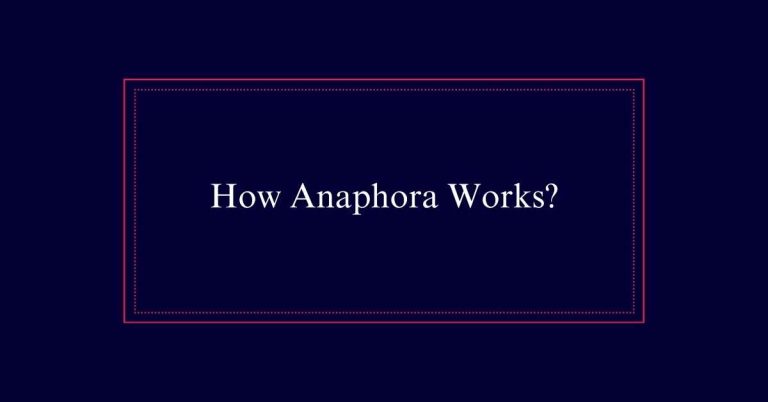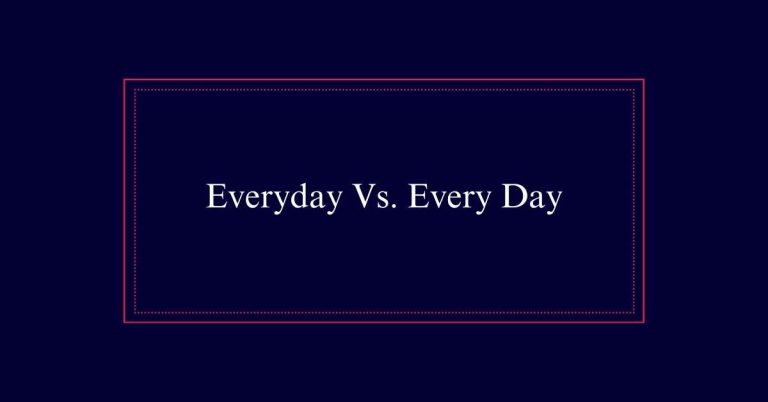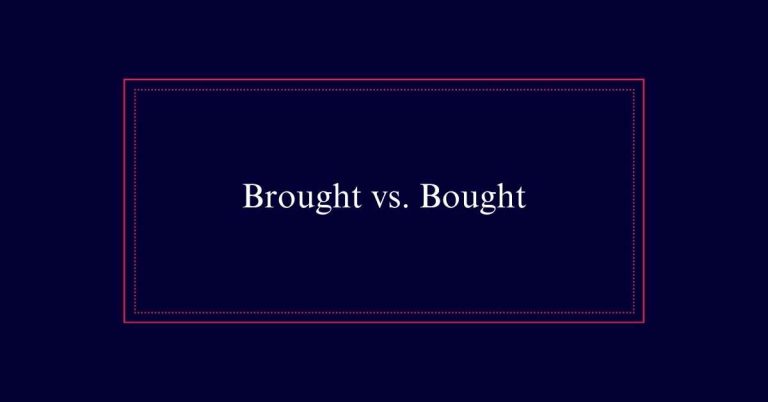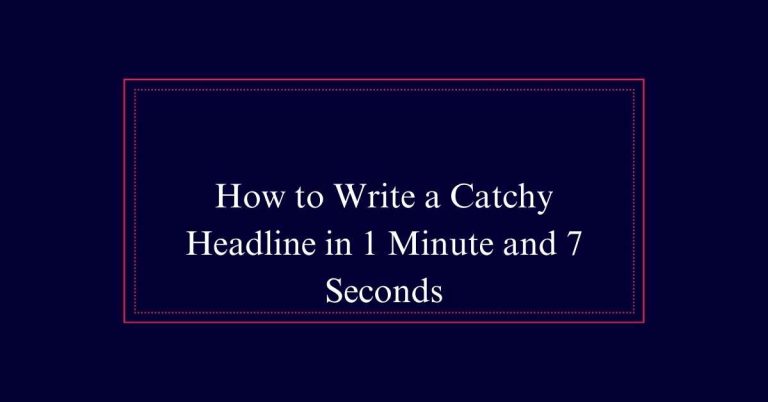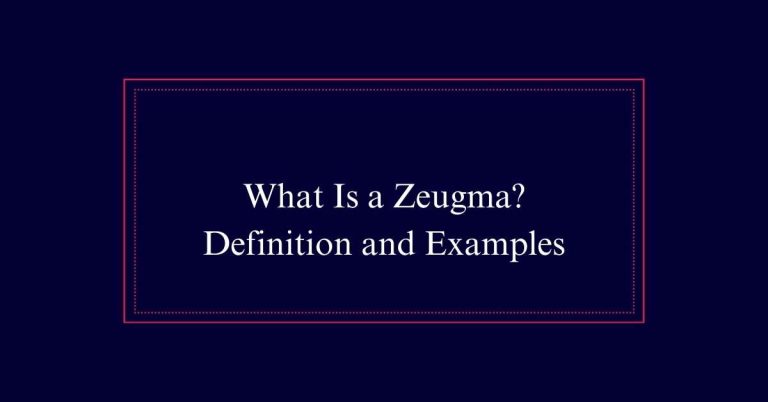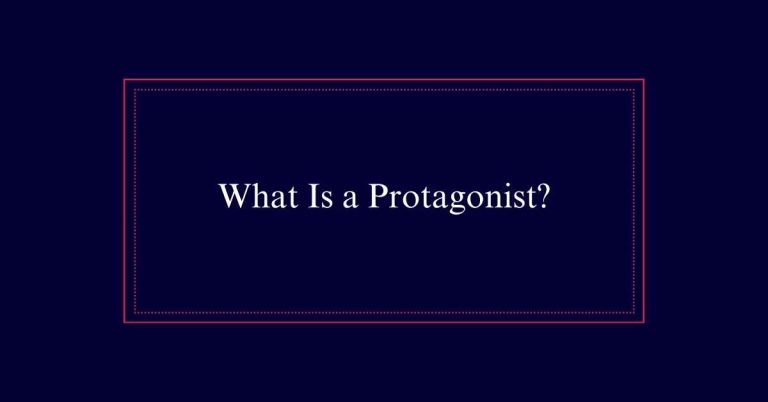False Dilemma Fallacy
The False Dilemma Fallacy, also known as the Either/Or Fallacy, simplifies complex issues by presenting only two choices, ignoring other viable options. This misleading simplification can evoke strong emotional responses and limit critical thinking.
Common examples include statements like “You’re either with us or against us” or “Either we cut expenses, or the company goes bankrupt.” Such assertions obscure middle-ground solutions and distort perception.
Defining the False Dilemma
A false dilemma, also known as an either/or fallacy, is a logical fallacy that presents only two options when more exist. This fallacy misrepresents the full range of choices available. By limiting the options to two, it distorts reality and misleads the audience. This can prevent thoughtful consideration of all possible alternatives.
The false dilemma is often used to simplify complex issues, making it easier to persuade others by presenting a stark choice. It can appear in various contexts, including political debates, marketing strategies, and everyday conversations.
Characteristics of False Dilemmas
False dilemmas simplify complex situations by presenting only two choices. This oversimplification often misrepresents the reality of available options. Such fallacies create a binary scenario, neglecting other possibilities. Here are key characteristics:
| Characteristic | Description | Effect |
|---|---|---|
| Binary Presentation | Offers only two options. | Limits critical thinking. |
| Misleading Simplicity | Simplifies complex issues. | Obscures other viable solutions. |
| Emotional Manipulation | Evokes strong emotional responses. | Influences decisions based on emotions. |
Either/Or Fallacy Explained
The either/or fallacy, also known as a false dilemma, limits complex situations to just two options, ignoring other possible solutions. This fallacy simplifies a multifaceted issue, presenting it as a binary choice.
For instance, in politics, one might say, “You’re either with us or against us,” which disregards neutral or nuanced positions. This fallacy often appears in advertising, such as, “Buy our product or face failure.” Such statements create a false sense of urgency and compel decision-making without considering all alternatives.
Distortion of Options
Distorting options involves presenting a situation as having only two choices when, in reality, more exist. This tactic limits the decision-making process by oversimplifying complex issues. Such distortions often lead individuals to believe that they must choose between two extremes, ignoring viable middle-ground solutions or alternative paths.
In doing so, the full spectrum of possibilities is hidden, which can skew perceptions and decisions. This narrowing of options can be seen in various contexts like political debates, marketing strategies, and everyday conversations. By reducing complex scenarios to binary choices, the false dilemma fallacy manipulates thinking and can lead to misguided conclusions.
Misleading Binary Choices
Misleading binary choices present situations as having only two possible outcomes, ignoring other viable alternatives. This reductionist approach can skew perception and decision-making.
By presenting limited options, the false dilemma fallacy simplifies complex issues, often to the detriment of understanding. It forces individuals to choose between two extremes, disregarding other potential solutions. This can lead to rushed, ill-informed decisions.
For example, a statement like ‘You are either with us or against us’ neglects the possibility of neutral or nuanced positions. Recognizing misleading binary choices is crucial for fostering critical thinking. It encourages a broader exploration of options, ensuring more informed and balanced decisions.
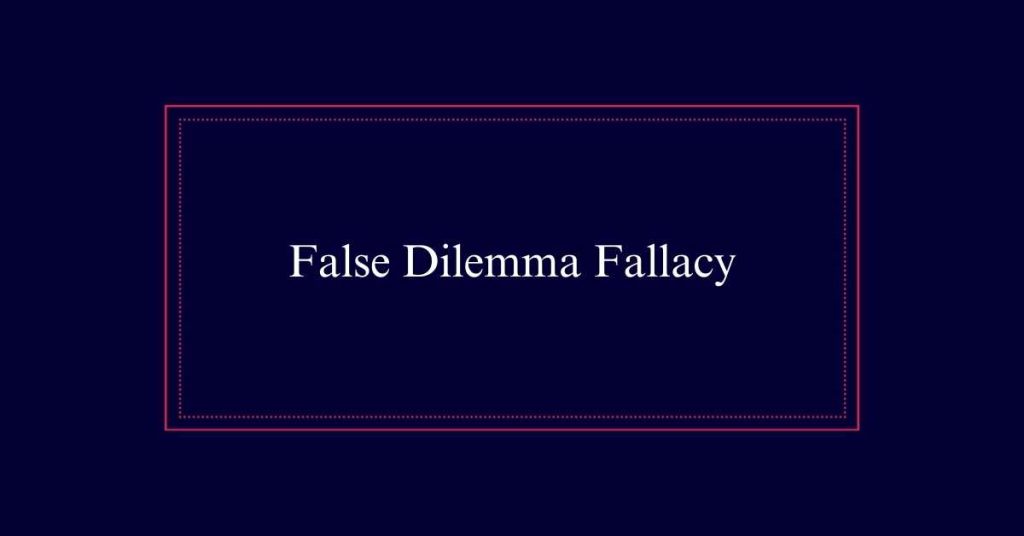
Political and Advertising Use
Politicians and advertisers frequently use false dilemma fallacies to influence public opinion and consumer behavior. In politics, candidates often present voters with two extreme choices, such as ‘Support this policy, or face economic collapse,’ ignoring nuanced alternatives. This strategy simplifies complex issues, swaying public opinion by framing debates in black-and-white terms.
In advertising, companies use false dilemmas to push products. For example, a commercial might suggest, ‘Buy our product, or settle for inferior quality,’ creating an illusion of limited options.
False Dilemmas in Writing
In addition to political and advertising contexts, false dilemmas often appear in writing, limiting the depth of analysis and misguiding readers. Authors may unintentionally present issues as having only two possible outcomes, ignoring other viable alternatives. This oversimplification can skew the audience’s understanding and hinder thorough discussion.
For instance, a writer might argue that one must either support a particular policy or face disastrous consequences, disregarding nuanced positions. This approach can make arguments seem more compelling but at the cost of intellectual honesty.
Identifying and Correcting
How can one effectively identify and correct false dilemma fallacies in writing?
To address this, follow these steps:
- Examine the Options: Scrutinize if only two options are presented. If so, consider if other alternatives exist.
- Analyze the Context: Assess the situation to see if the binary options truly encompass all possibilities. Often, more nuanced choices are available.
- Revise the Statement: Rewrite the sentence to include additional options or acknowledge the complexity of the situation.
Common Contextual Examples
When analyzing common contextual examples, it becomes evident how frequently false dilemma fallacies appear in everyday scenarios.
Consider conversations about lifestyle choices, such as ‘You either exercise daily, or you don’t care about your health.’ This statement ignores many other ways one can be health-conscious.
Political debates often present false dilemmas, like ‘We must either cut taxes or face economic ruin,’ disregarding other fiscal strategies.
In education, students may hear, ‘You either pass this exam or fail the course,’ which overlooks other forms of assessment.
Business and Advertising Cases
False dilemma fallacies are not limited to personal and political conversations; they are also prevalent in business and advertising contexts. Companies often use this fallacy to simplify decision-making for consumers. For instance, advertisements may present their product as the only viable option, ignoring other possibilities.
Common examples include:
- Product Comparisons: Ads stating, ‘Choose our brand or settle for subpar quality,’ which ignores other high-quality alternatives.
- Health Claims: Promotions saying, ‘Take this supplement or risk poor health,’ leaving out other healthy choices.
- Service Offers: Marketing phrases like, ‘Use our service or face inconvenience,’ which disregards other convenient options.

